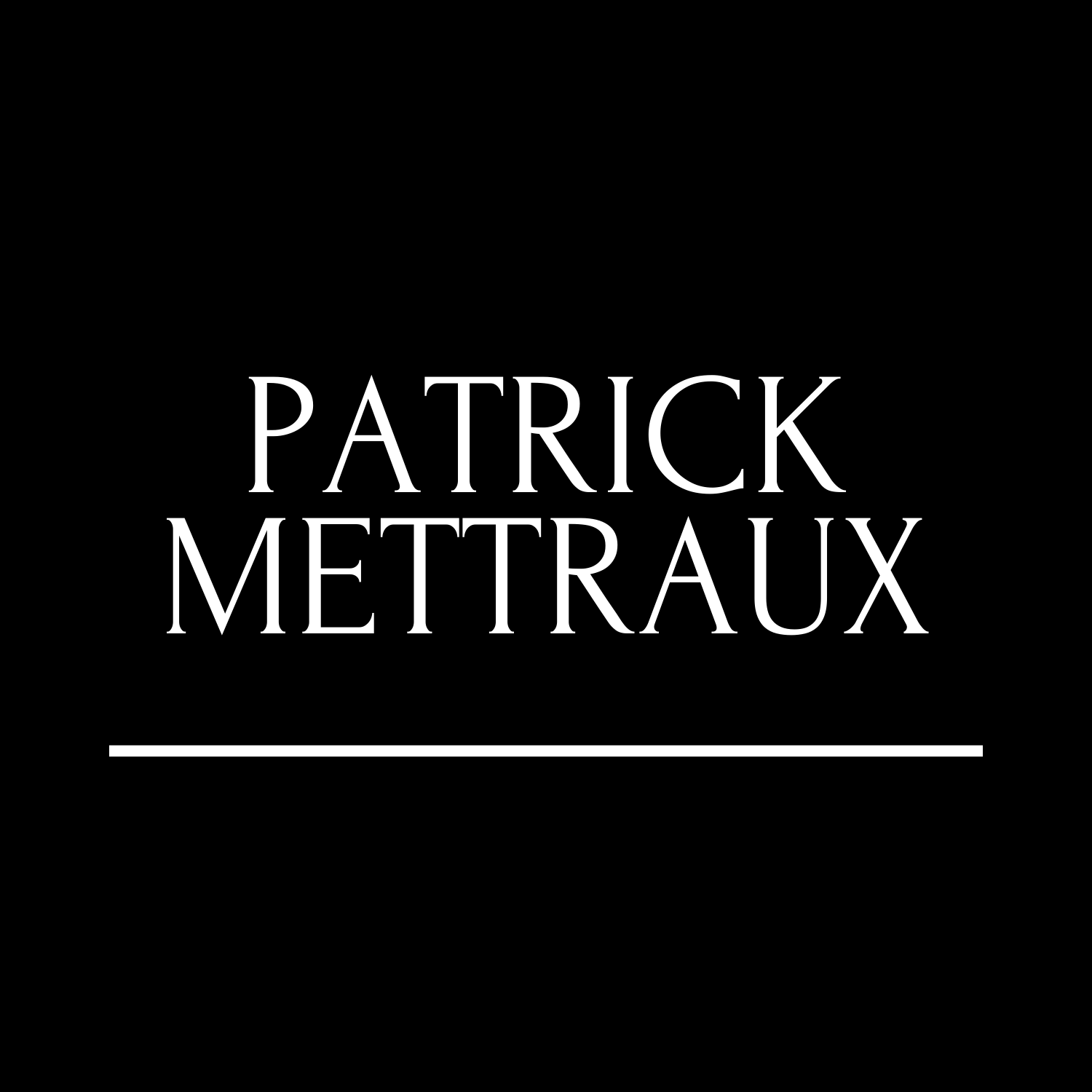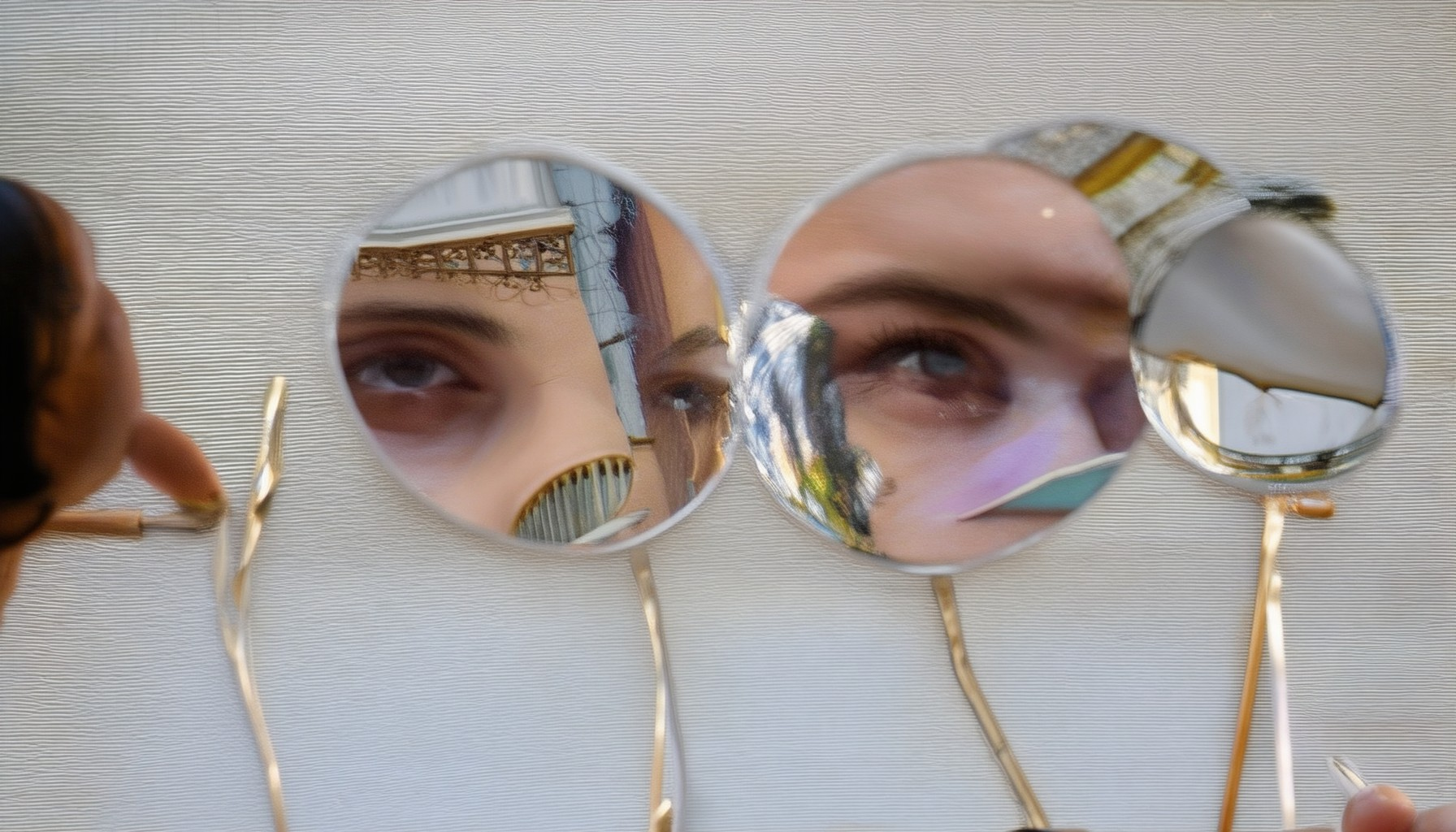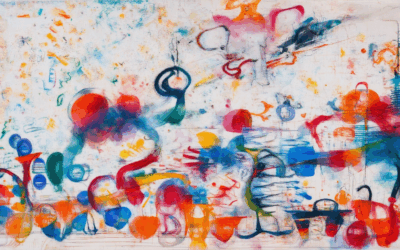Reflective writing on creativity offers a powerful lens through which individuals can explore and understand their creative processes, offering deeper insights into their thoughts, emotions, and approaches to innovation. By examining the interplay between reflection and creativity, this article delves into the essence of reflective writing, its significance in various contexts, and how it serves as a tool for personal growth and professional development. From understanding the 5 R’s of reflective writing to exploring real-world examples and their applications in education, this exploration sheds light on the transformative power of reflection in fostering creativity. Whether you’re an aspiring writer, an educator, or someone seeking to unlock your creative potential, this article provides a comprehensive guide to mastering reflective writing on creativity, complete with practical tips and actionable strategies to elevate your craft.
Key Takeaways
- Elevate Your Creative Process: Evaluate your approach to brainstorming and refine techniques for better project outcomes.
- Document and Learn: Keep records of successful and failed attempts to inform future endeavors.
- Seek Valuable Feedback: Share your work to gain insights and improve through others’ perspectives.
- Align Strategy with Goals: Ensure your creative efforts address the task’s requirements effectively.
- Inspire with Research: Draw from others’ successes to discover innovative methods.
- Set Motivated Goals: Use reflections to establish new creative objectives and explore new tools.
- Utilize Structured Tools: Apply frameworks like mind mapping to organize your reflections.
- Connect Work to Values: Reflect on how your creativity contributes to personal and societal needs.
- Build Emotional Resilience: Recognize creative challenges as part of the journey to strengthen resilience.
- Collaborate for Growth: Share reflections with peers to gain diverse insights and foster collective progress.
- Enhance Self-Awareness: Use reflection to identify strengths and areas for improvement in your writing.
- Discover Patterns: Identify recurring themes and techniques to support consistent growth.
- Make Informed Decisions: Leverage past experiences to make strategic choices in your writing.
- Drive Continuous Evolution: Use reflection as a catalyst for transforming your writing style.
- Express Through Journaling: Capture experiences to deepen self-understanding.
- Explore Artistic Mediums: Use visual arts to externalize thoughts and emotions.
- Practice Mindful Creation: Engage in present-moment focus during creative expression.
- Support Healing: Apply creative reflection in therapeutic settings to process emotional challenges.
- Educate and Inspire: Use in educational environments to enhance learning and curiosity.
- Spark Business Innovation: Foster creativity and leadership within organizations.
By integrating these insights, you can transform your creative practice, unlock new perspectives, and achieve meaningful growth. Visit Patrick Mettraux for further exploration and inspiration.

The 5 R’s of Reflective Writing
Reflective writing is a powerful tool for deepening understanding, fostering critical thinking, and exploring complex ideas. Below are the five key components of reflective writing, often referred to as the “5 R’s”:
- Reflect
Reflecting involves making connections between your prior knowledge, experiences, and the new material or idea you’re engaging with. This step helps you see how your existing understanding relates to the subject matter. For instance, if you’re reflecting on a concept from a textbook, ask yourself how it connects to things you’ve learned before. - Respond
Responding is about expressing your thoughts, feelings, and reactions to the material. This could involve asking questions, challenging assumptions, or sharing personal anecdotes. It’s about having a conversation with yourself or others about what you’re reading or writing. - Relate
Relating connects your reflection to broader contexts. This might mean drawing parallels to historical events, cultural references, or real-world issues. By situating your thoughts within a larger framework, you gain a richer understanding of the topic. - Reason
Reasoning involves analyzing and evaluating ideas. This includes questioning arguments, examining evidence, and considering alternative perspectives. It’s about critically assessing the validity of claims and constructing logical arguments. - Reconstruct
Reconstructing is the process of organizing your thoughts and presenting them cohesively. This might involve outlining your ideas, drafting a response, or revising your work to ensure clarity and coherence. Reconstruction helps you communicate your understanding effectively.
By practicing these five steps, you can develop a habit of thoughtful, intentional writing that enhances learning and personal growth. Reflective writing isn’t just about producing words—it’s about deepening your engagement with the material and exploring meaning.
How to Write a Creative Reflection
To craft an effective creative reflection, follow these organized steps:
- Define Your Purpose
- Reflect on your motivations and objectives.
- Determine whether you’re documenting personal growth, analyzing past works, or planning future projects.
-
Explore Your Inspiration
- Identify key influences such as people, places, or events.
- Consider how these elements shaped your creative vision.
-
Analyze Your Creative Process
- Break down the stages from initial idea generation to completion.
- Document challenges faced and solutions employed.
-
Evaluate Your Work
- Assess strengths and areas for improvement.
- Seek feedback from others to gain new insights.
-
Conclude and Move Forward
- Summarize your reflections and lessons learned.
- Outline next steps or goals based on your analysis.
By following these steps, you can create a meaningful and insightful creative reflection that inspires future endeavors. Explore more creative insights and tips on Patrick Mettraux ‘s blog for additional guidance.

Examples of Reflective Writing
Reflective writing is a form of self-expression that delves into personal thoughts, emotions, and experiences. Here are some examples:
- Personal Journals/Diaries : Daily entries that capture the writer’s life, thoughts, and feelings over time.
- Memoirs : Detailed accounts of a person’s life, often spanning significant events and personal growth.
- Blog Posts : Articles that share personal stories, opinions, or reflections on various topics.
- Artist Statements : Writings by artists explaining their creative process, inspiration, and the meaning behind their work.
- Philosophical Essays : Works that explore deeper questions of existence, morality, and human nature.
- Social Media Reflections : Personal thoughts and experiences shared on platforms like Instagram, Twitter, or LinkedIn.
- Letters : Correspondence that conveys deep emotional or intellectual reflections.
- Poetry : lyrical works that express subjective thoughts and feelings.
Reflective writing allows individuals to explore their inner world, process emotions, and connect with others on a meaningful level. It can take many forms, from intimate diary entries to profound philosophical treatises, each offering unique insight into the human condition.

Reflecting on the Creative Process
To effectively reflect on the creative process, consider the following structured approach:
- Assess Your Approach : Begin by evaluating the steps taken during the creative process. Consider whether you engaged in extensive brainstorming or intuitively started creating. Note the techniques that led to success and those that didn’t, along with reasons for their effectiveness or failure.
- Document Learnings : After completing a project, write down key insights. Highlight successful techniques and consider alternatives for unsuccessful ones. This documentation aids in future projects by providing a reference for what worked and what didn’t.
- Seek Feedback : Engage in “show and tell” by sharing your work with others. Their feedback offers valuable perspectives, revealing strengths and areas for improvement that might not be apparent alone.
- Understand the Problem : Reflect on whether you thoroughly understood the task. Consider if your approach aligned with the problem’s requirements and if adjustments could enhance future solutions.
- Research Successful Examples : Examine how others tackled similar challenges. Learning from these examples can inspire new methods and reinforce effective practices, offering diverse perspectives that may spark innovation.
- Set New Goals : Based on reflections, set new creative goals. Aim to incorporate diverse techniques or experiment with new tools, fostering continuous learning and evolution in your work.
- Use Structured Tools : Employ techniques like mind mapping to visualize the creative process or SWOT analysis to evaluate strengths and weaknesses. These tools provide a framework for organized reflection.
- Consider Broader Impact : Reflect on how your work aligns with personal values and societal needs. This deeper engagement can enrich your creativity and provide direction for future projects.
- Embrace Emotional Resilience : Acknowledge the emotional challenges of creativity, such as doubt and failure. Understanding these as part of the process can build resilience and reduce stress, encouraging persistence.
- Foster Community Dialogue : Share reflections with peers to foster collaboration and learning. Discussing challenges and successes can lead to collective growth and diverse insights.
By systematically applying these steps, you can enhance your creative process, leading to more informed and impactful outcomes.
What is Reflection About Creative Writing?
Reflection in creative writing is a deliberate process of examining your writing experiences to gain insight and improve future work. It involves understanding your motivations, habits, and the decisions you’ve made in your writing process.
Definition of Reflection in Creative Writing
Reflection goes beyond mere self-criticism. It is a mode of inquiry that allows writers to systematically recall past experiences, analyze their rhetorical choices, and identify patterns in their work. This process helps writers recognize strengths and weaknesses, refine their approach, and explore new creative directions.
Examples of Reflective Writing
Reflective writing often takes the form of personal essays, journals, or critiques. For instance, Patrick Mettraux’s blog explores personal narratives and artistic reflections, offering deep insights into the creative process. Similarly, other platforms like Example Blog and Another Example Blog provide space for writers to reflect on their craft.
Benefits of Reflective Writing
- Enhances self-awareness: By examining your writing process, you can identify what works and what doesn’t.
- Identifies patterns: Reflection helps uncover recurring themes, structures, or techniques in your work.
- Improves decision-making: Understanding past choices can guide future decisions in your writing.
- Fosters growth: Reflection is a tool for continuous improvement, helping writers evolve their style and approach.
Challenges of Reflective Writing
- Requires introspection: It can be uncomfortable to confront your own limitations or mistakes.
- Time-consuming: Systematic reflection demands careful analysis and time investment.
- Subjective nature: Interpretations can vary, making it difficult to establish universal truths.
By embracing reflection, writers can unlock new possibilities and deepen their understanding of the creative process. Whether through personal blogs like Patrick Mettraux or broader platforms, reflection remains a valuable tool for anyone committed to growing as a writer.

What is Creative Reflection?
Creative reflection is a dynamic process that combines self-expression with introspection. It involves using expressive arts, such as painting, drawing, journaling, or sculpting, to explore and understand your thoughts, emotions, and experiences. This practice allows individuals to connect with their inner selves, uncover hidden insights, and foster personal growth.
Benefits of Creative Reflection
Engaging in creative reflection offers numerous psychological and emotional benefits:
- Emotional Release : Creating art or writing allows you to externalize your feelings, making them more manageable and easier to process.
- Intellectual Growth : Through creative reflection, you can explore complex ideas and gain deeper insights into life’s challenges and opportunities.
- Personal Development : This practice helps you identify patterns, strengths, and areas for improvement, leading to greater self-awareness and confidence.
Techniques for Practicing Creative Reflection
To effectively engage in creative reflection, consider the following techniques:
- Journaling : Write about your experiences, thoughts, or emotions to track your progress and reflect on your journey.
- Artistic Expression : Use mediums like painting, drawing, or collage-making to visually represent your inner world.
- Mindfulness Practices : Combine creative expression with mindfulness to stay present and fully engage with your creation.
Applications of Creative Reflection
Creative reflection can be applied in various contexts:
- Therapeutic Settings : Used in therapy to help individuals process trauma, anxiety, or stress.
- Educational Tools : Employed in schools to enhance learning and encourage self-discovery among students.
- Business Strategies : Applied in organizations to foster innovation and inspire leadership teams.
Conclusion
Creative reflection is a powerful tool for self-discovery and personal development. By exploring your inner world through art or writing, you can unlock new perspectives and grow in meaningful ways. Whether you’re an artist, writer, or someone looking to deepen their self-awareness, creative reflection offers a transformative experience.
For more insights and inspiration, visit Patrick Mettraux and explore their creative reflections and storytelling.





0 Comments